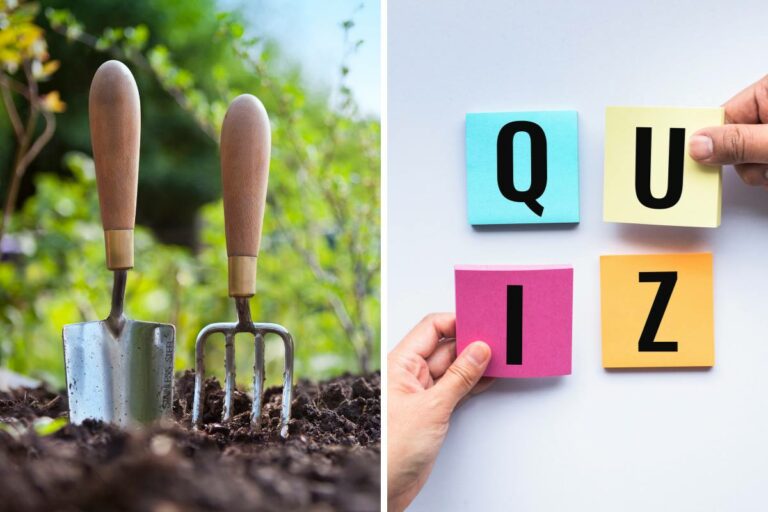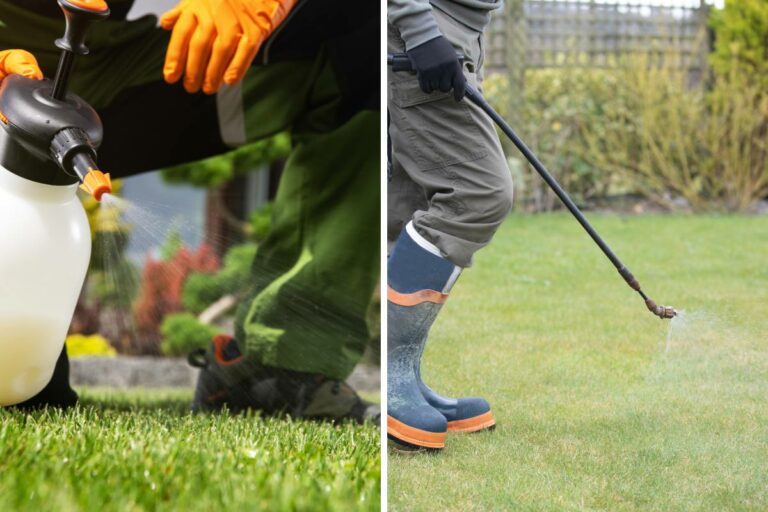To make learning fun and interactive, we’ve compiled 100 garden vocabulary words ideal for educational activities, such as games to review vocabulary. This list is designed to expand the student’s gardening knowledge, covering various aspects, from plant types to garden trends. You can use this list to engage students through games like “password, ” ” word bingo, ” ” matching words, ” or “charades”. The list is categorized into five sections, each containing …
How to Maintain Your Hydroponics System
For short-term crops like lettuce, which are harvested within 6 to 7 weeks, a “set it and forget it” approach, where the water isn’t changed, might be feasible.
However, for longer-term crops such as tomatoes that need a full growing season, or herbs that are harvested continuously, it’s important to change the water in your hydroponic system. This practice supports both plant health and food safety by preventing …














